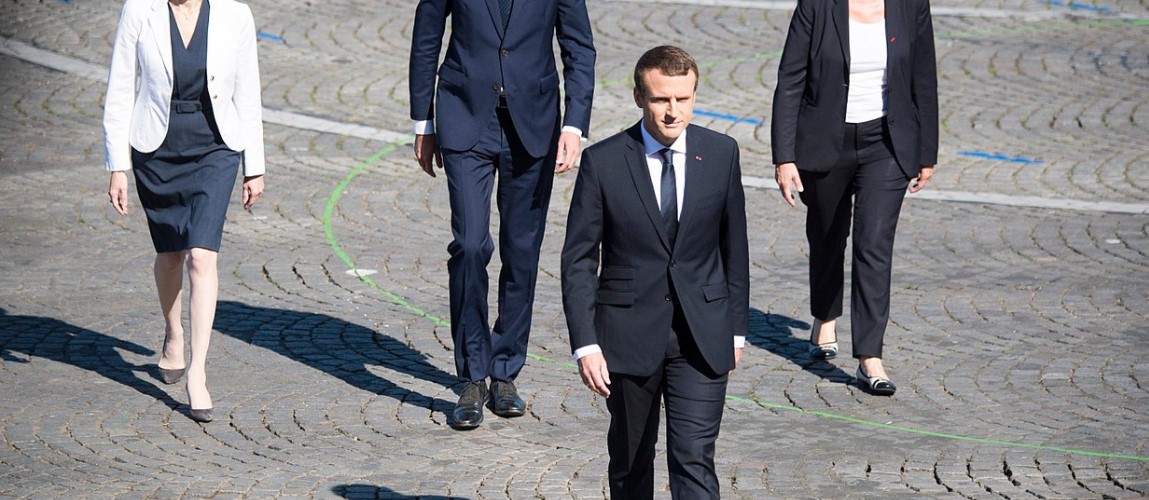Macron bans architects from commenting on Notre Dame blaze
The French government has forbidden all state-employed architects to give further interviews about the fire at the Notre Dame. President Macron's credibility is now on the line.
Published: April 26, 2019, 8:48 am
Info confirmée par 2 archi des monuments historiques : le ministère de la culture leur interdit de répondre aux interviews sur #Notre-Dame
— Antoine Pasquier (@PasquierA) April 19, 2019
Riposte Laïque, a French news outlet, said the blaze that engulfed Notre-Dame was suspect, because the French Ministry of Culture has forbidden the architects who work for the Monuments Historiques, the state body in charge of preserving the architectural heritage of France, to give interviews on the subject.
Yves-Marie Laulan, an economist and the director of the Geopolitical Institute, also questioned the notion that the fire had been started by accident:
1. How could those massive centuries-old oak beams go up in flames, like a humble matchstick? Everyone knows that seasoned oak timber dry with time and become as hard as concrete. By what means is it possible to set fire to that kind of centuries-old hardwood?
2. The fire started at the base of the cathedral spire. What was the spire resting on? How was it anchored to the underlying timber framework?
3. How could this gigantic frame of both wood and metal burst into flames without the help of some sort of highly combustible material placed either at its base or close by (wood shavings, dead leaves, the odd vegetable matter, or liquid accelerant)?
4. How can we account for the speed at which the fire spread from the base of the spire to the whole roof if there was no highly combustible material present on the roof of the cathedral?
5. How is it that some people could, without being hindered at all or encountering any difficulties, meander freely on the roof of the cathedral, as though they were on a public thoroughfare, climbing up the scaffoldings that had been erected against the planned restoration work, and this, just a few hours (or minutes) before the fire started.
After some enquiries, we learn that it might have been Simon Nogueira, who, we’ve been told is a professional “free runner”. And if this juvenile “hero” was able to climb up to the roof without being stopped, others less well-intentioned would have been able to do so as well.
Moreover, part of the measures announced by the President of the Republic has displeased a large majority of citizens.
If Emmanuel Macron had hoped to calm the crisis in the wake of the Notre Dame fire as well as of Yellow Vests, he has sorely missed the opportunity.
According to a Harris Interactive survey/Agence Epoka for French daily Le Figaro , RTL and LCI, the speech given in conclusion of the Great Debate, obviously did not please the French.
For good reason, at least 63 percent found the head of the state unconvincing. Only 30 percent of them found him “convincing” and 7 percent “very convincing”.
Of the measures listed, many were rejected by the public. Thus, 65 percent of French people are against the increase in working time, and 58 percent against the extension of the contribution period to have a full pension.
In addition, 65 percent of respondents agreed to lower the threshold of signatures needed for a shared referendum, while 66 percent agreed with having an annual debate in Parliament on immigration.
The refusal of closures of schools and hospitals until 2022 without a mayor of the municipality’s approval has the most popular measure with 86 percent approval rate. Despite these measures, 80 percent of the French believe that these changes will not end the movement of Yellow Vests.
All rights reserved. You have permission to quote freely from the articles provided that the source (www.freewestmedia.com) is given. Photos may not be used without our consent.
Consider donating to support our work
Help us to produce more articles like this. FreeWestMedia is depending on donations from our readers to keep going. With your help, we expose the mainstream fake news agenda.
Keep your language polite. Readers from many different countries visit and contribute to Free West Media and we must therefore obey the rules in, for example, Germany. Illegal content will be deleted.
If you have been approved to post comments without preview from FWM, you are responsible for violations of any law. This means that FWM may be forced to cooperate with authorities in a possible crime investigation.
If your comments are subject to preview by FWM, please be patient. We continually review comments but depending on the time of day it can take up to several hours before your comment is reviewed.
We reserve the right to delete comments that are offensive, contain slander or foul language, or are irrelevant to the discussion.

Swedish military wants to remilitarize the Åland Islands
The demilitarized autonomy has previously been known as 'the islands of peace.
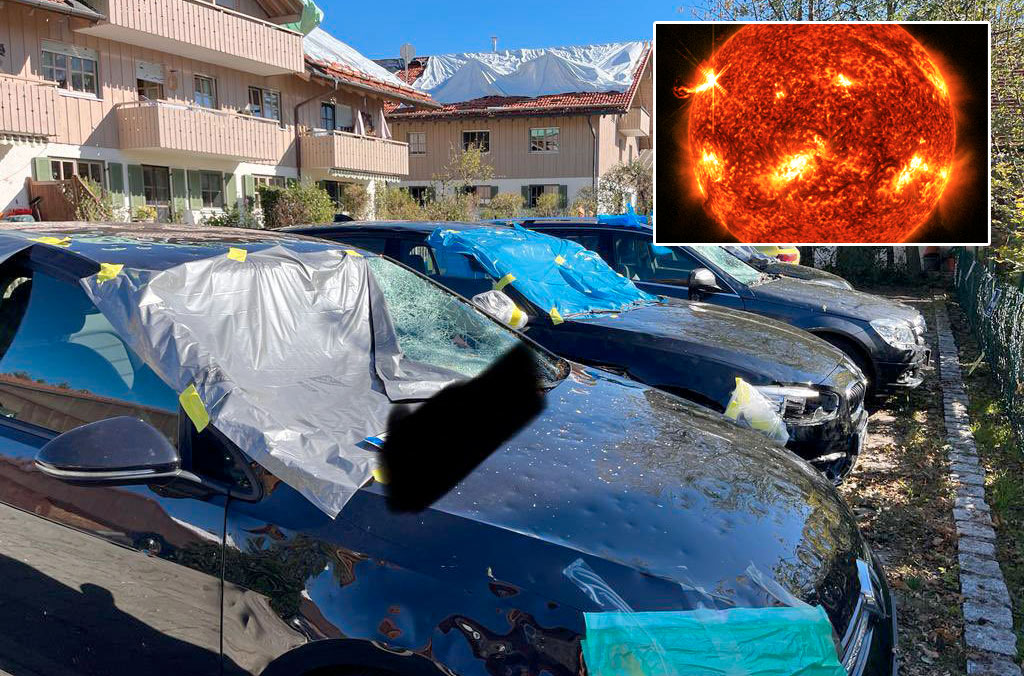
NOAA Predicts Zero Sunspots for Almost the Whole 2030s
CLIMATEThe United States' government scientific organization, the National Oceanic and Atmospheric Administration (NOAA), predicts zero sunspots from 2031 to 2040. This is an extreme situation that has not occurred in as long as humanity has been counting sunspots, and it leads us into uncharted territory in terms of our solar system. However, this prediction aligns with the warnings of the world-renowned solar researcher Valentina Zharkova for many years, who indicated in 2019 various signs of this catastrophic phenomenon, including the extreme hailstorms we have seen in Europe and the world this summer. The forecast and various observations this year give cause for very significant concern. In this unique analysis, Free West Media explains why.
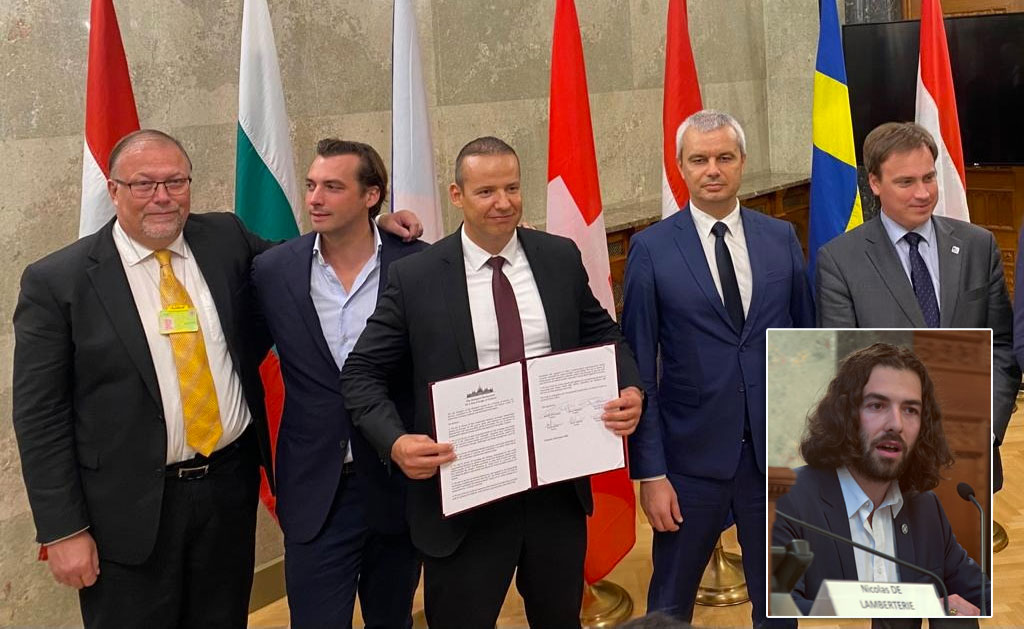
European Nationalist Parties Forge Cooperation Ahead of EU Elections
EUROPEAN ELECTIONSOn Saturday, August 26, representatives of six European nationalist parties gathered in Budapest. The meeting was initiated by the Hungarian party Mi Hazánk and took place in the national parliament. Representatives of the parties signed a joint declaration that not only reaffirms the parties' friendship but also their unity on a range of complex political issues. A surprisingly clear and radical manifesto was established. The hope is that this cooperation will lead to success in the EU elections and eventually result in the formation of a group in the European Parliament. For Swedish nationalism, this meeting marks a success as Sweden, for the first time, has a party represented in a leading nationalist cooperation in Europe. Free West Media was present at this historic event.
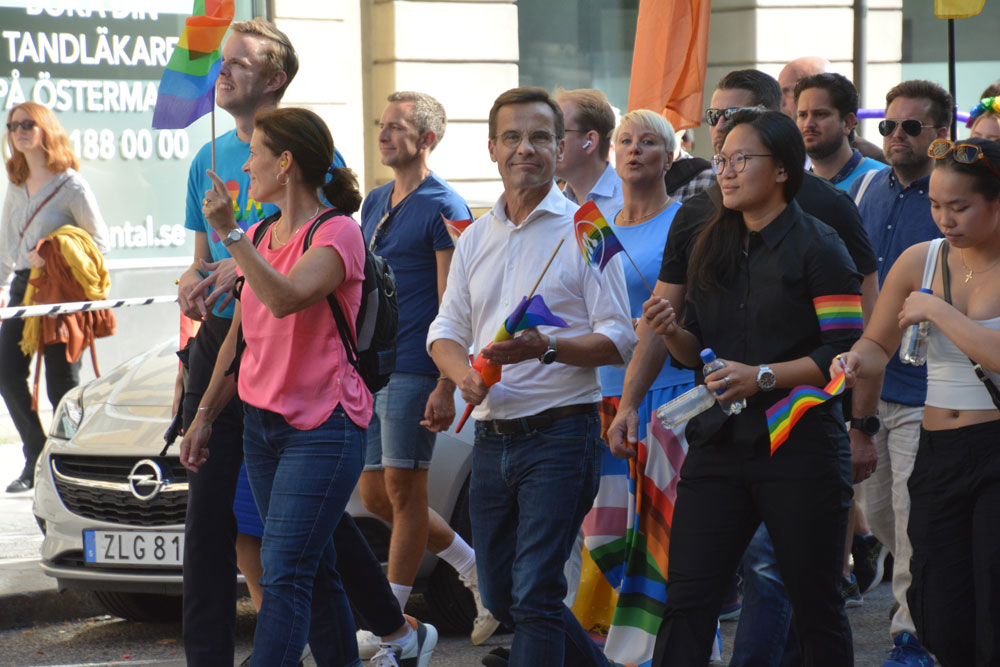
Turkey Believes Sweden Hasn’t Done Enough
Sweden will have to wait a bit longer for NATO membership, according to Turkey's Justice Minister Jilmaz Tunc. First, Sweden must extradite the "terrorists" Turkey wants and stop the desecration of the Quran.
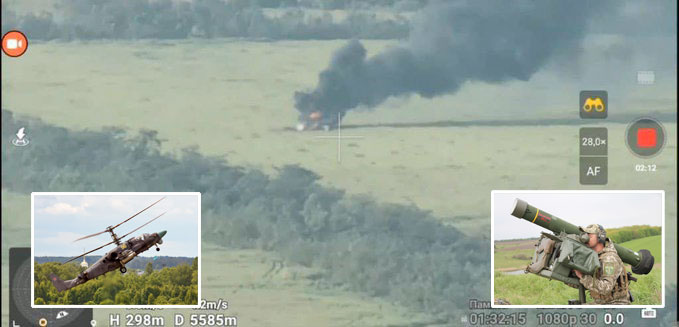
Swedish Weapon Takes Down Russia’s Best Attack Helicopter
The Russian attack helicopter Ka-52 is considered one of the world's best and has struck fear in Ukraine, where it has hunted down tanks and other armored vehicles, often beyond the range of many light anti-aircraft systems. However, it has met its match in the Swedish air defense missile system RBS 70, which has quickly led to significant losses for the Russian helicopter forces.
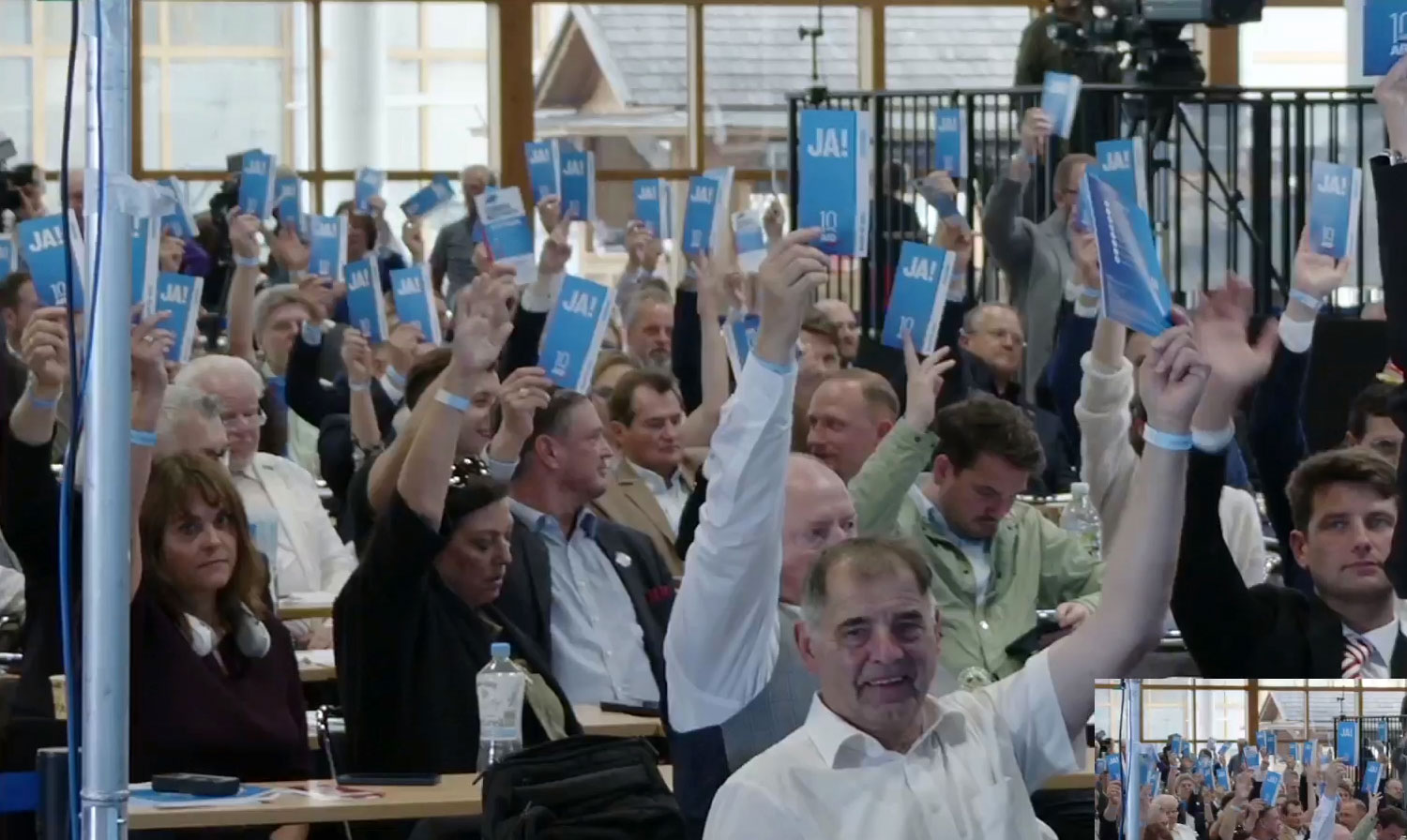
Strong Confidence in German AfD
Alternative for Germany (AfD) held a party conference on July 29-30 to select candidates for the upcoming EU election next year. EU Parliament member Maximilian Krah, belonging to the party's more radical, ethnonationalist faction, was appointed as the top candidate. The party's two spokespersons delivered powerful speeches criticizing the EU's failed migration policy and trade sanctions that isolate Europe and Germany from the rest of the world. They argued that it's time for the EU to return a significant portion of its power to national parliaments. However, they have dropped the demand for Germany to exit the EU.
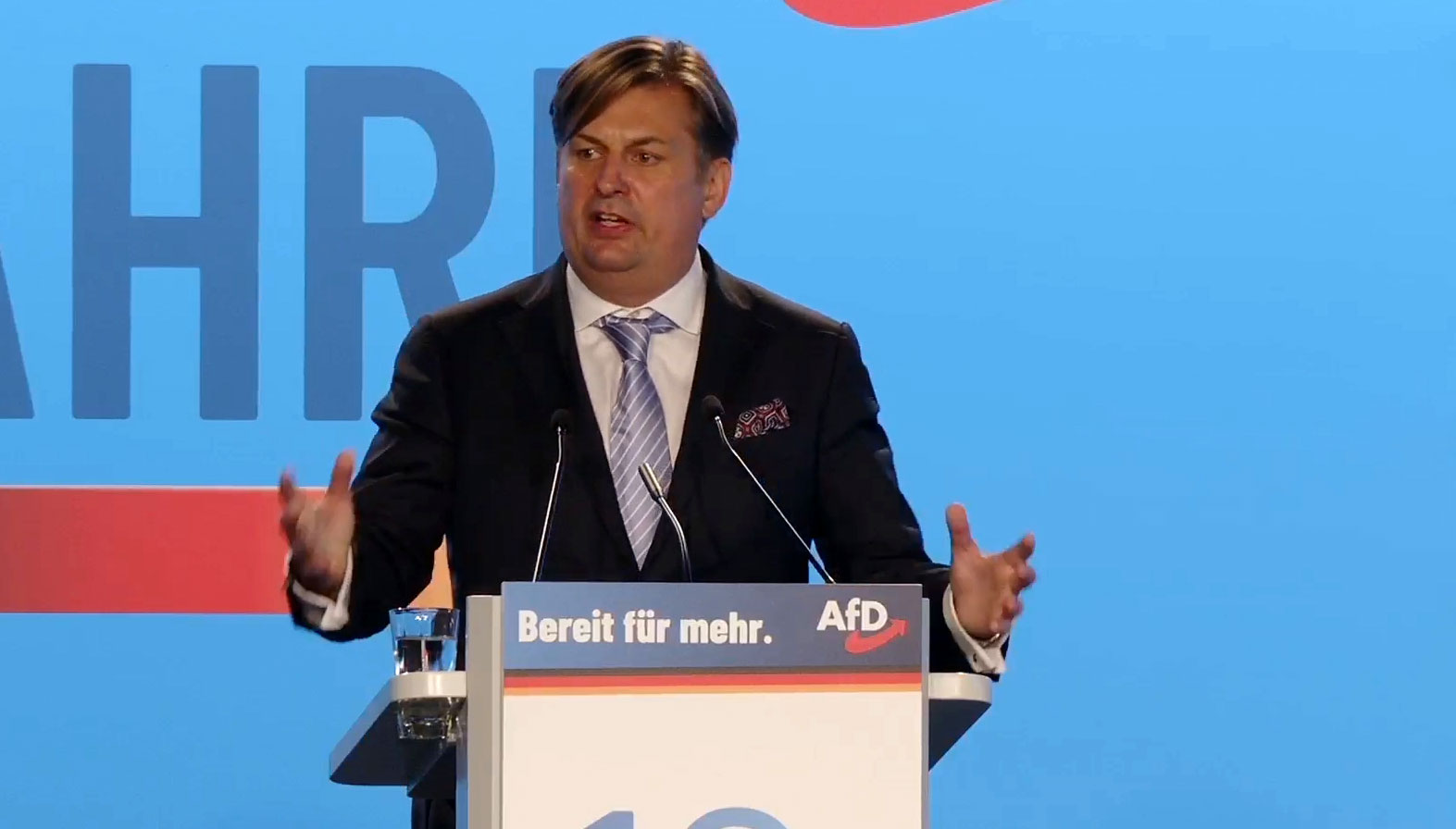
The Establishment Wants to Ban Germany’s Second Largest Party – for the Sake of Democracy
The rising popularity of AfD has raised strong concerns within the establishment. Despite lies and demonization in the media and isolation from the overall political establishment, the party continues to grow. Certain representatives of the party are accused of becoming increasingly "extreme," and in an unusual move, the influential weekly newspaper Der Spiegel demanded that AfD be "banned."
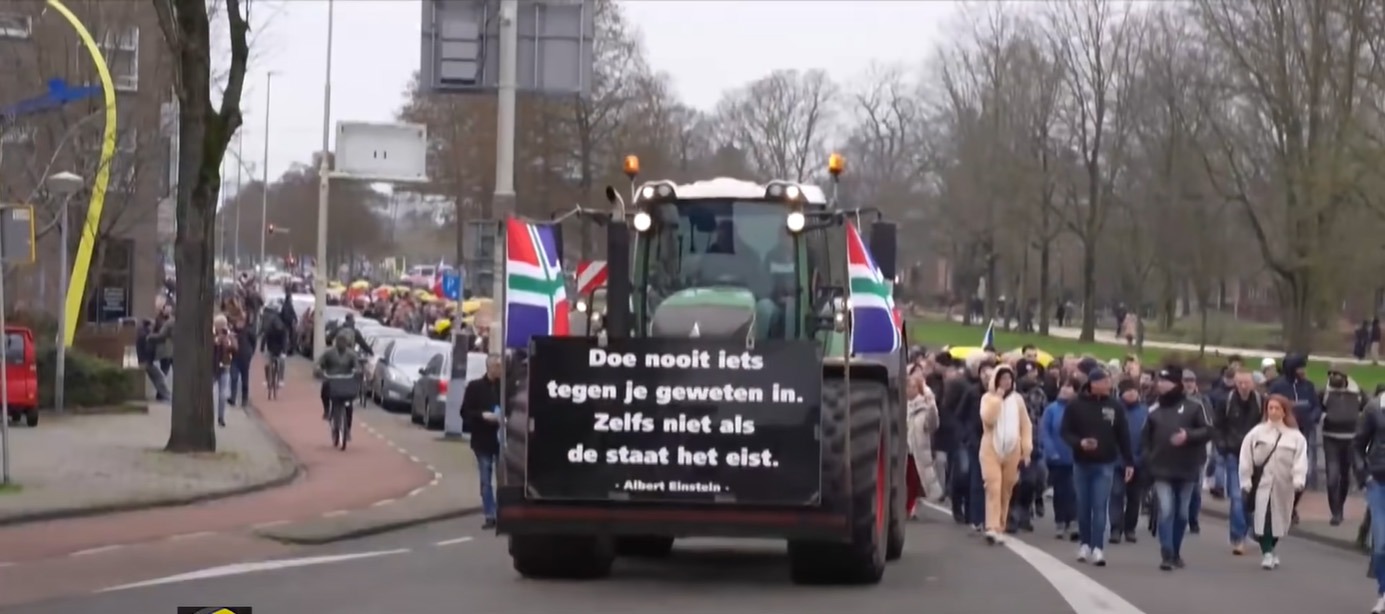
Dutch FvD break through the media blockade
What is happening in the Netherlands? It is often difficult to follow events in other countries, especially when distorted by system media. We give Forum for Democracy (FvD) the opportunity to speak out on the political situation in the Netherlands and the staunch resistance they face in trying to save the country.

The Ursula von der Leyen Affair
After a criminal complaint in Belgium against the President of the European Commission, the so-called SMS-case, now takes a new turn. The judge responsible for the investigation will likely gain access to the secret messages exchanged between Ursula von der Leyen and Albert Bourla, CEO of Pfizer, at least if they haven't been deleted.
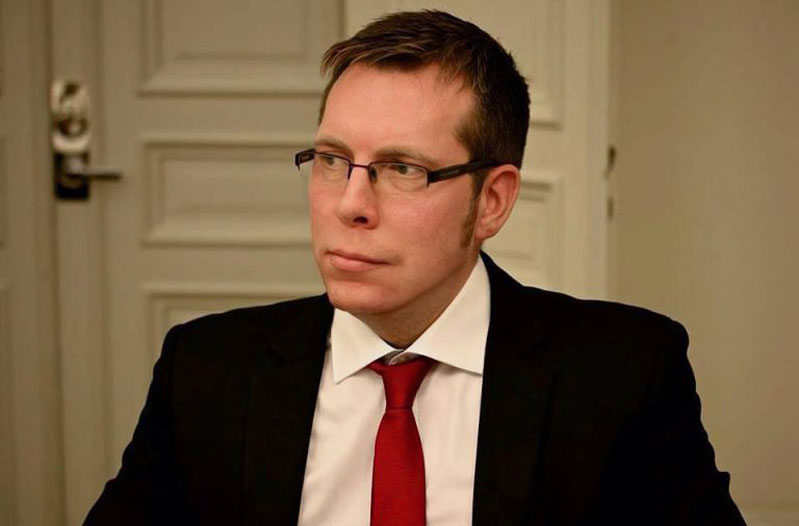
Publisher of Unique Literature Worldwide Blocked by International Distributor
Arktos has distinguished itself by publishing groundbreaking philosophers and social critics. Now, the publisher's international distributor has abruptly terminated the cooperation, and more than 400 already printed titles cannot reach their audience. There is strong evidence that the distributor has been under pressure, something that has also happened in Sweden. We have spoken with Arktos founder Daniel Friberg about the ongoing struggle for freedom of speech in a shrinking cultural corridor.
